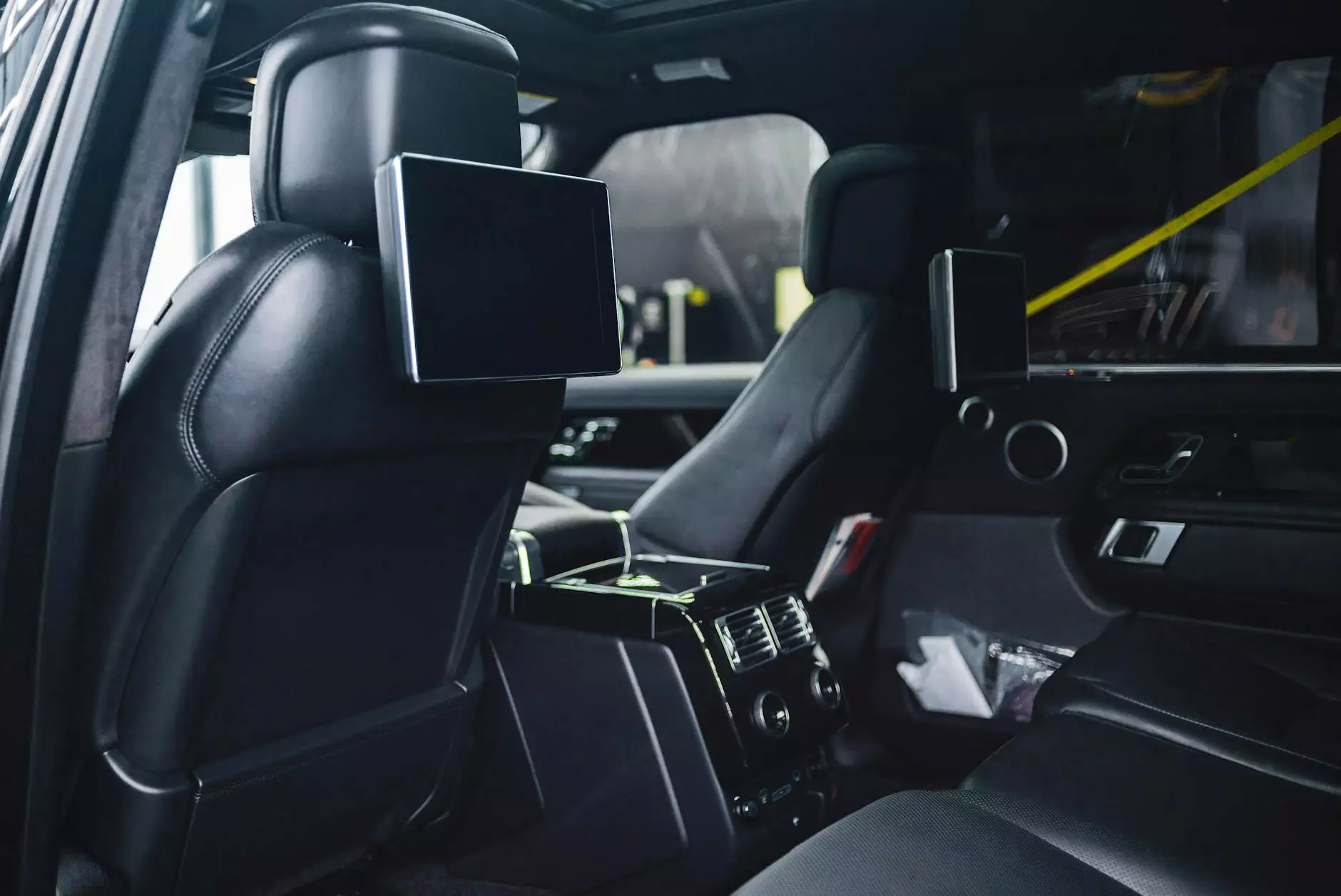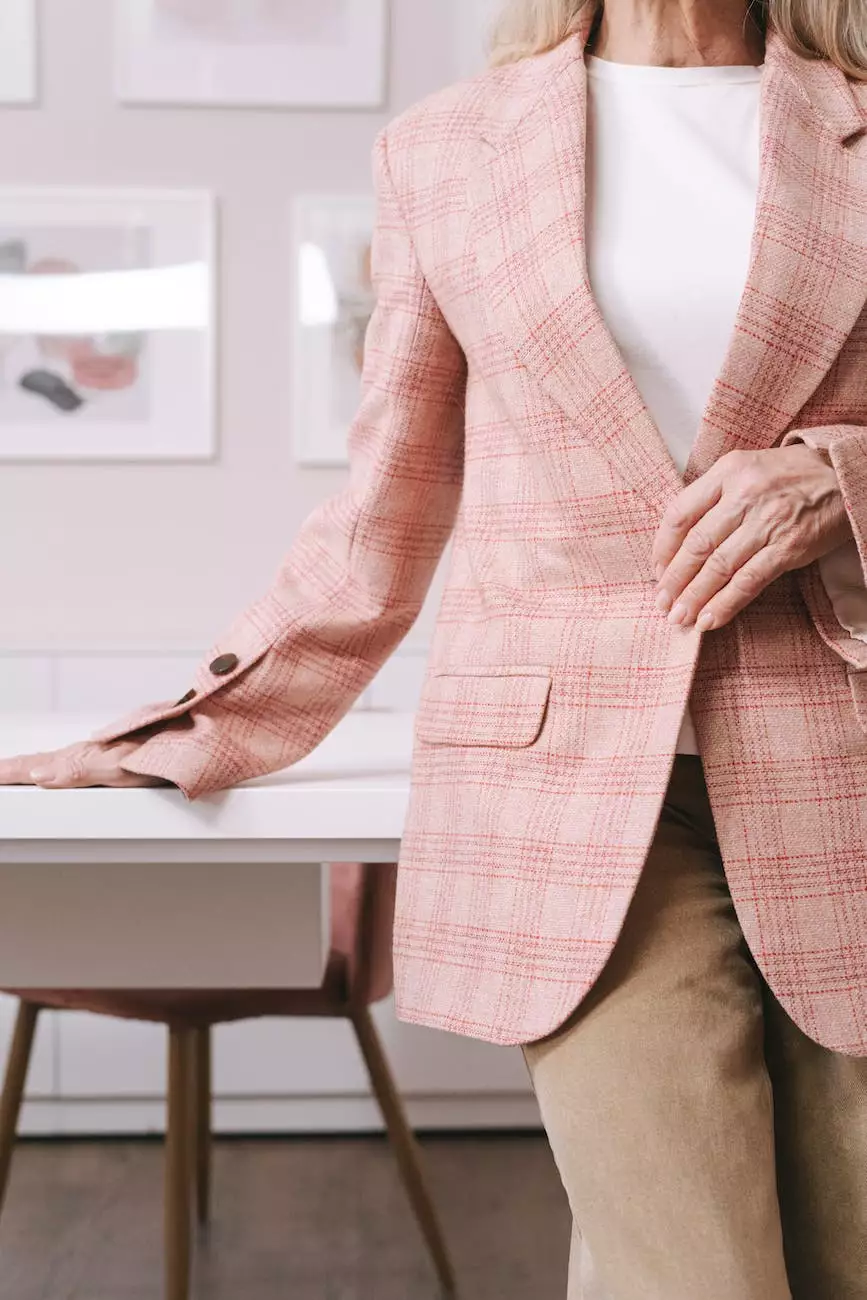Responsive Aspect Ratio Divs/Boxes Using CSS Variables
Blog
Introduction
Welcome to Genevish Graphics, your ultimate resource for all things arts, visual arts, and design. In this tutorial, we will explore the powerful technique of creating responsive aspect ratio divs or boxes using CSS variables. With this technique, you can maintain visual balance in your web design across different screen sizes and devices.
Understanding Aspect Ratio
Before diving into the implementation, let's first understand what aspect ratio is. Aspect ratio refers to the proportional relationship between the width and height of an element. It is particularly important when working with images, videos, or any content that needs to be displayed in a visually pleasing manner.
Why Use CSS Variables?
CSS variables, also known as custom properties, allow us to define and reuse values throughout our CSS code. They provide a convenient way to store and manipulate values that can be easily updated and maintain consistency across our design. When it comes to creating responsive aspect ratio divs, CSS variables offer great flexibility.
Implementing Responsive Aspect Ratio Divs/Boxes
To create responsive aspect ratio divs, we can leverage the power of CSS variables combined with the "padding-top" property. Let's walk through the steps:
- Create a container element that will hold our aspect ratio divs/boxes.
- Define the aspect ratio as a percentage using CSS variables. For example:
The above code snippet shows an example of defining the aspect ratio as 9:16, which is a common ratio for videos. You can adjust the aspect ratio according to your specific needs.
- Add the CSS classes to the desired divs or boxes:
The "aspect-ratio-box" class will be applied to the divs or boxes that you want to make responsive with a specific aspect ratio. The "padding-top" property ensures that the height of the element maintains the desired ratio, regardless of its width.
Benefits of Using CSS Variables for Aspect Ratio
Using CSS variables for creating responsive aspect ratio divs offers several benefits:
- Flexibility: CSS variables allow you to easily change the aspect ratio across your entire website by updating a single value.
- Consistency: By utilizing CSS variables, you can maintain a consistent visual balance across different devices and screen sizes.
- Scalability: The technique of using CSS variables is scalable, making it applicable to various design scenarios.
- Efficiency: With CSS variables, you can streamline your code and reduce repetition, resulting in cleaner and more maintainable stylesheets.
Conclusion
Congratulations! You've learned how to create responsive aspect ratio divs or boxes using CSS variables. This technique empowers you to maintain visual harmony in your web design, ensuring a consistent user experience across different devices. Genevish Graphics is committed to providing comprehensive tutorials and resources in the fields of arts, visual arts, and design. Stay tuned for more valuable content!




